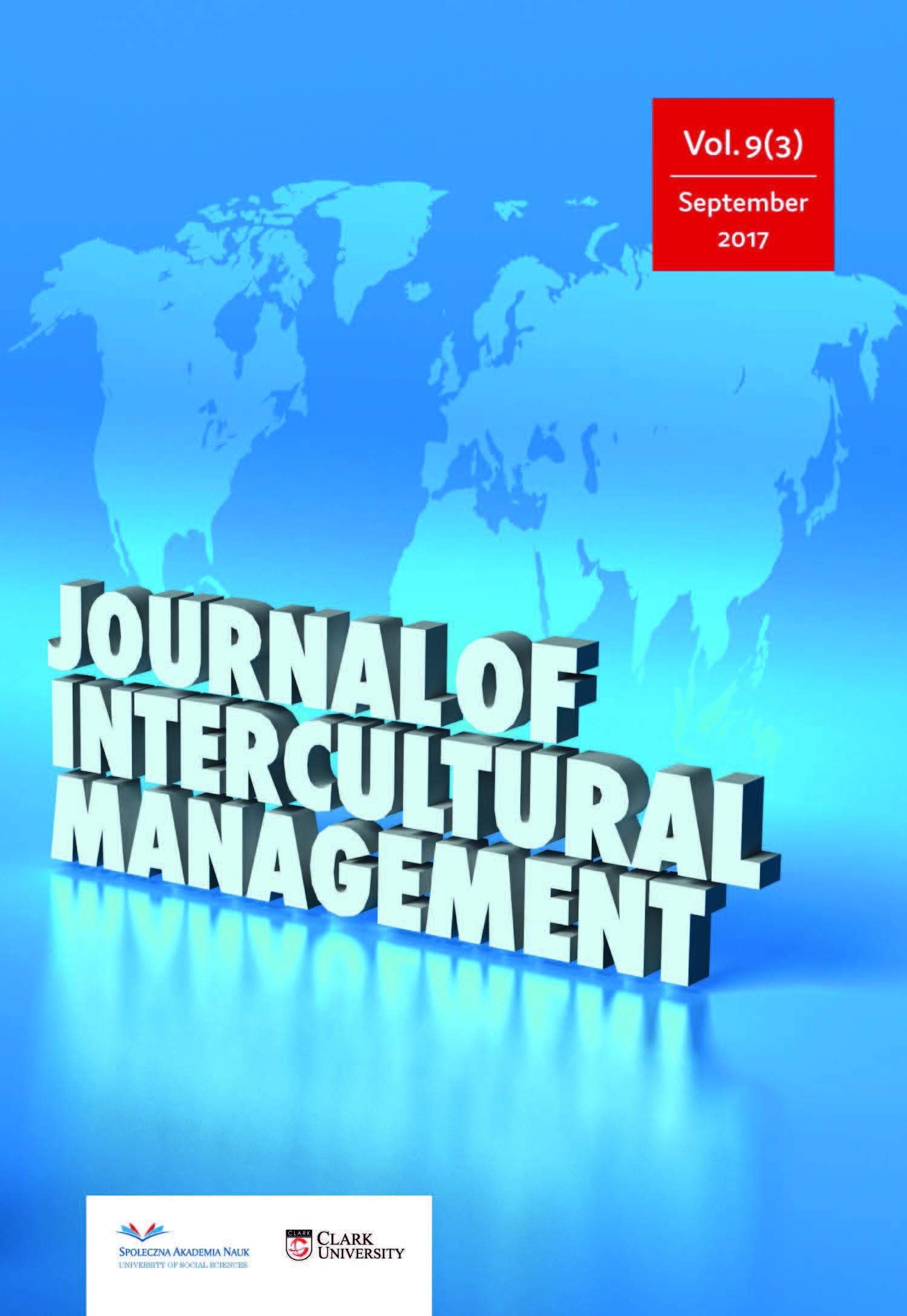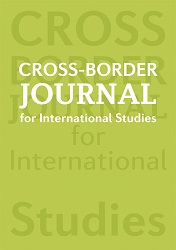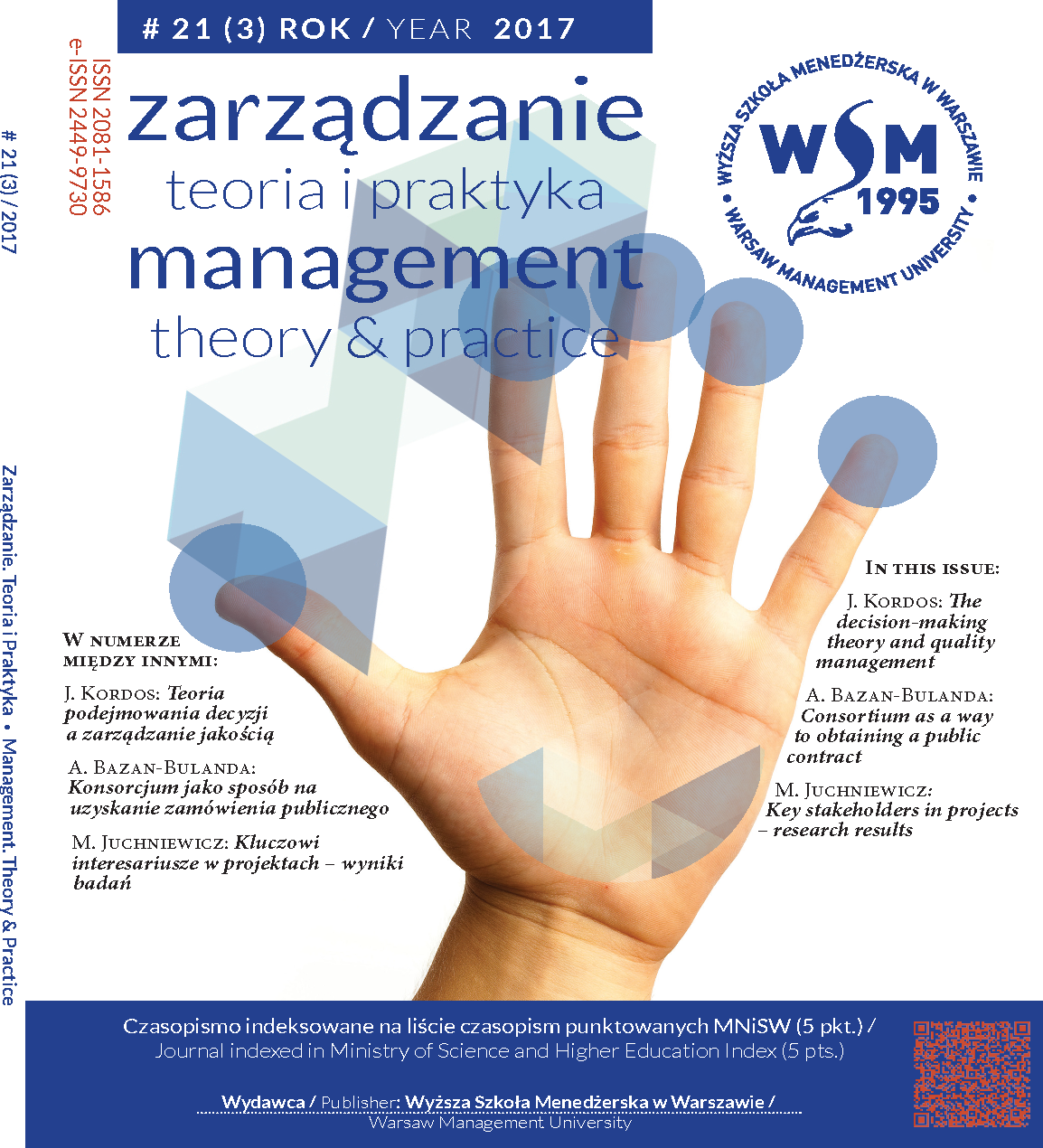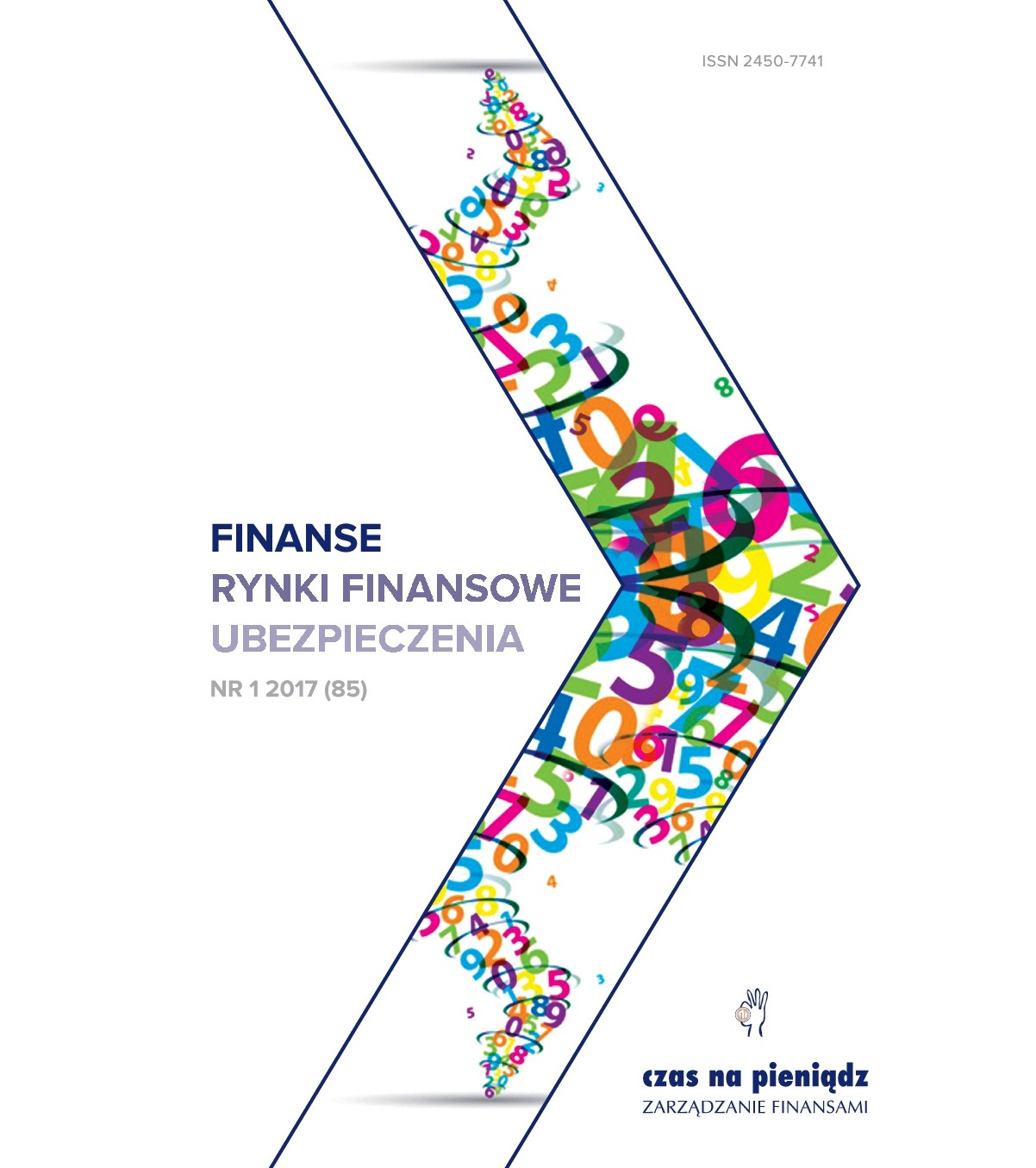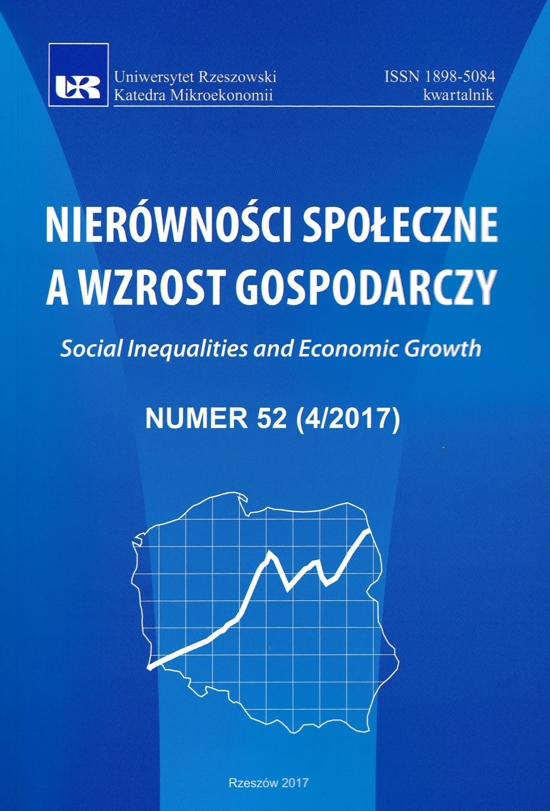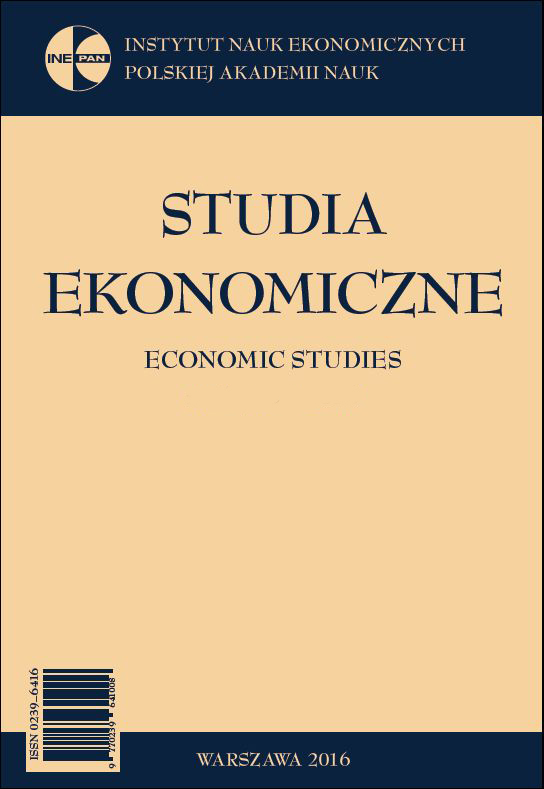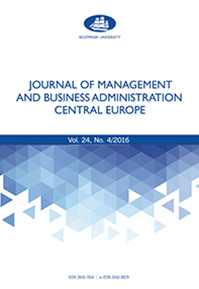
How to Successfully Internationalize SMEs from the CEE Region: The Role of Strategies of Differentiation and Education
Purpose: The purpose of the paper is to better understand why some SMEs who pursue a niche strategy on the international scale are more effective with a differentiation via innovation while others with marketing differentiation. Methodology: Therefore, the paper studies the effectiveness of different points of differentiation (innovation, marketing) of hidden champion type of companies: (1) from the perspective of the unknowns of the key success factors in the specifc market segment, and (2) from the perspective of the professional mindset/education of the strategist. Findings: The results show that differentiation via innovation positively impacts frm performance when there are many market unknowns over key success factors, whereas marketing differentiation positively impacts frm performance when there are few market unknowns over key success factors. On the other hand, when top management earns a business education, the impact of marketing differentiation on frm performance is signifcant, positive, and strong. The effectiveness of differentiation via innovation does not depend on education. Research limitations/implications: These results mostly consider the hidden champion type of companies, which prefer not to reveal themselves or their data to the public. The transferability of this research is thus limited. Originality/value: This paper studies the hidden champion type of companies, which usually receive little attention from researchers, through the lens of differentiation via innovation and marketing differentiation as two distinct ways of competing as their effectiveness is contingent on the market unknowns.
More...
